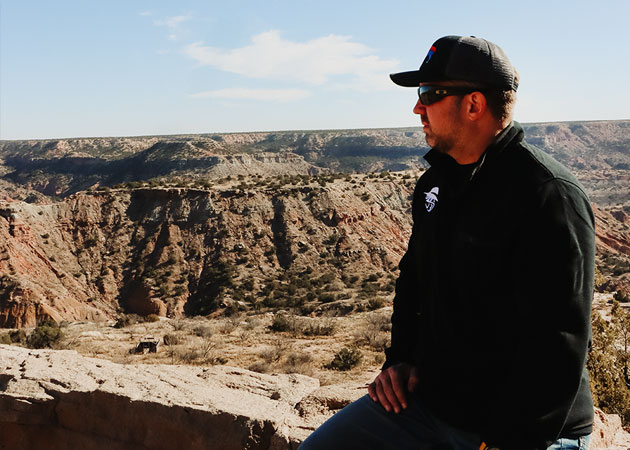Called “The Cowboy Capital of the World” by the Texas Legislature, Bandera County is rich with the spirit of the frontier, but not rich with people. The 2014 Census revealed only 20,892 people live in Bandera County and the population of the City of Bandera was 833. The area is well known for Medina Lake, Lost Maples State Natural Area, and many other beautiful Hill Country sites.
In 1852, John James, Charels S. DeMontel, and John J. Herndon acquired land with the aim to establish a settlement on the Medina River, which would eventually become the town of Bandera.
Medina Lake is an artificial (man-made) reservoir on the Medina River. Medina Lake Dam was constructed in 1912 to create a reservoir and was designed to allow area farmers to irrigate farmlands in Medina, Bexar, and Atascosa counties, but it also became an important recreational facility. The dam has played a “vital” role in the agricultural, economic and cultural development of its host counties, said Elenora Dugosh Goodley of the Bandera County Historical Commission.
More than 100 years later, the lake’s purpose has not changed, but what surrounds it has. As part of the 2010–13 Southern United States drought, the lake water levels dropped below 5% capacity. The low level revealed many cracks, oil drums, and even a Jeep are visible as a result of low water. A few showers in the Summer of 2013 helped the lake rise to 5.2%, but the dam was reopened in September as many people in the South Side of San Antonio use the lake for a water source. Many businesses have closed in the area, many residents have left, and Lakehills, situated on the shores of Medina Lake has become somewhat of a ghost town.
Heavy rainfall in May 2015 brought the levels above 46% capacity. At that time, Medina Lake was about 28 feet low, down from 90 feet low mere months before. Then with heavy rains in May of 2016, Medina Lake rose, so it was 100% full. It sits today about 50% full.
There are many demands on the water of Medina Lake. Residents of San Antonio depend on the areas aquifier and the lake for some of its water, farmers need the water for irrigation, and vacationers from Austin and San Antonio go to the lake for recreation. But satisfying everyone depends on rainfall.
If you are looking for a ranch in this beautiful area, it would be best to play the cycles of rain and drought.


